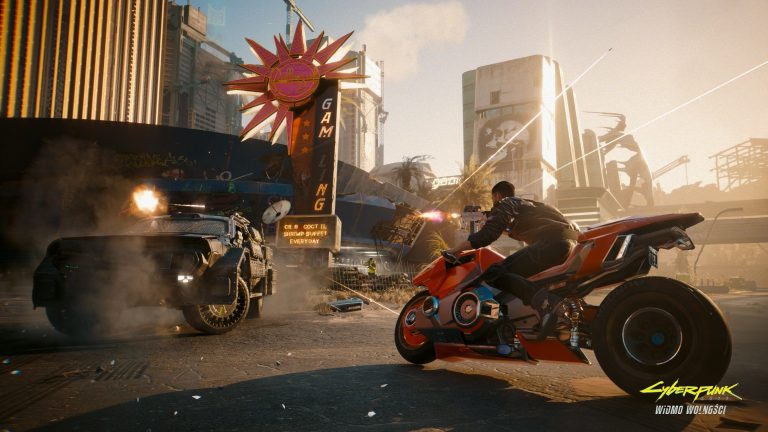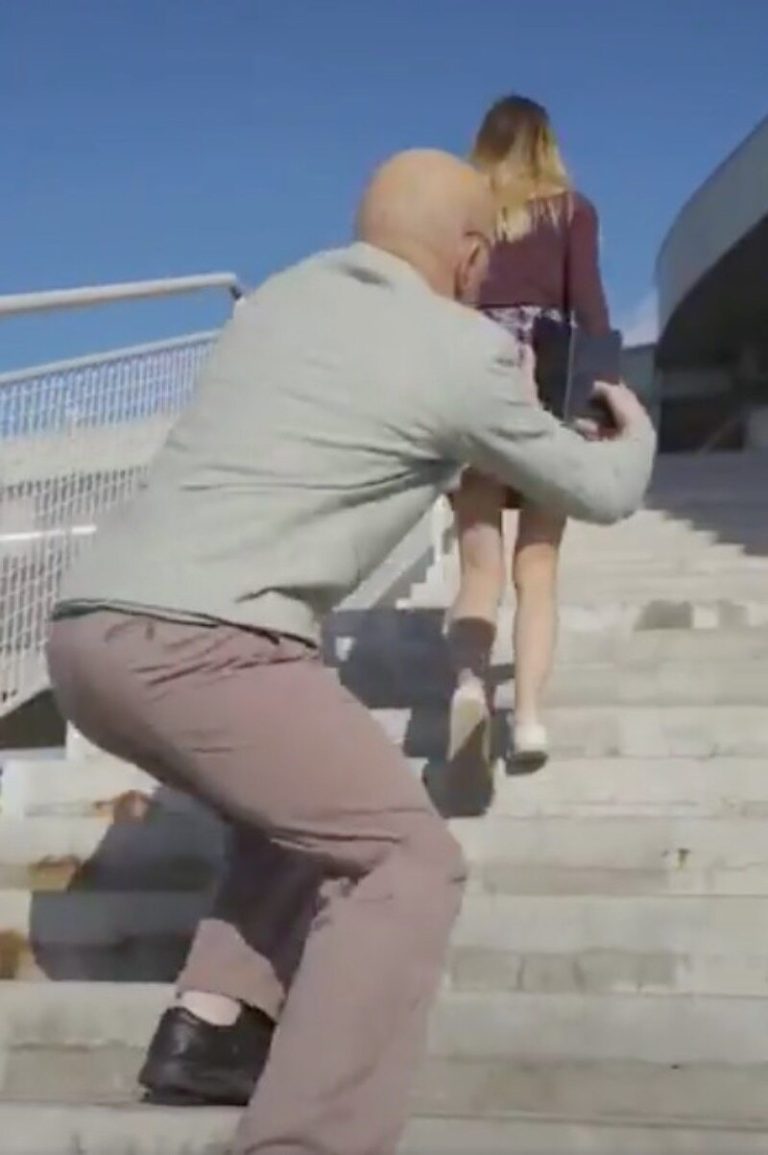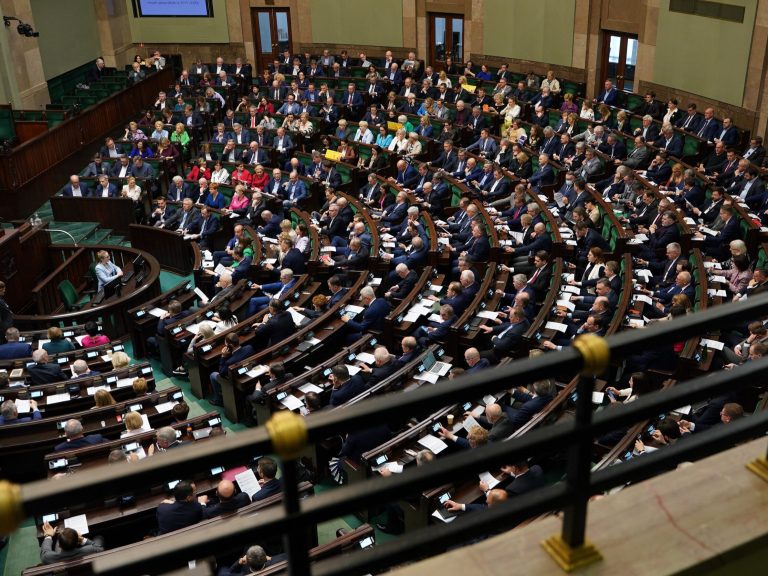God of War: Ragnarok review. Kratos and Atreus face fate

God of War: Ragnarok is a sublime story about destiny and being a god, as well as fatherhood and growing up. The game shows us the culmination of the path of Kratos and his son Atreus in the world of Norse mythology. In terms of story, plot and world presented, the game will certainly meet fans' expectations. It's a very strong candidate for the title of game of the year, but will it also be a revolution in the gaming industry?
God of War Ragnarok is another game in a series that has been in development for 17 years, telling the adventures of the Greek god of war Kratos. The latest production was announced as the ending of the adventure of the Spirit of Sparta and his son Atreus in the world of Nordic deities. Was there a decent ending to this story?
God of War Ragnarok – evolution or revolution?
The latest part of Kratos' adventures is, in many respects, a significant development of God of War from 2018. This is certainly not a revolution that will change the gaming industry, but the changes are significant and have a noticeable positive impact on the gameplay.
The strongest element of God of War Ragnarok is undoubtedly the game's plot. After the father and son completed their mission from the previous part and learned a lot about each other, Fimbulvinter, or the great winter, reigned in the game world. This is an announcement of the titular Ragnarok, a great battle with the gods and the end of the known world. The game begins when winter has already settled in Midgard, a long time after the previous expedition.
The beginning of the plot is very powerful – our heroes are visited by a guest expected by many fans of the series, which leads to them setting off on another expedition. After the first few hours, the pace of the game slows down and we leisurely explore the world for some time. However, from about the second half of the game, the intensity of the action returns to the highest level and remains there until the phenomenal and tense finale. The entire story is full of surprising twists and turns.
The game's creators skillfully rewrite plots and characters from Scandinavian mythology. People who know the world of Nordic beliefs will often find adaptations of popular myths or characters in the game, but presented in an original way, often very cleverly using well-known topoi and characters to tell their own story.
The story directly continues the threads from the previous part. Knowledge of God of War from 2018 is not necessary, but it is worth refreshing the plot of Kratos' previous adventure. And although the creators have prepared a short summary describing the most important threads, it is definitely insufficient for people who would like to fully understand all the references or the roles and motivations of the characters they meet. A fairly detailed code comes to the rescue, but of course it can't explain everything.
The game includes, for example, heroes such as the Valkyrie Queen and Ratatosk, whose role in the previous part was episodic, and without completing all side activities in 100 percent, we would not have met them at all. Here they play a secondary, but quite important role. And if we haven't played the previous game, we may be surprised that our heroes treat them as good friends. We can also see Atreus' admiration for Tyr, which was built during the journey in the first part, or in practice see the young god's powers, which were signaled in seemingly insignificant dialogues. There are plenty of similar flavors.
Fighting with fate and… growing up
Staying with the characters, the screenwriters should be praised for outlining the characters and histories of both our main characters and the gods and other people they meet along the way. In most cases, the motivations of the characters we meet are reliably outlined, and they themselves, even though we are often dealing with deities with superhuman powers, just like in real mythologies, are torn by purely human feelings and make typically human mistakes.
Often, it is not the “divine” actions of the characters that are the true content of the story, but their relationships and attitudes. And even if the entire story is woven around the role of fate in life, so characteristic of Greek and Nordic mythology, and is permeated with pathos typical of stories about the “end of the world”, its strength lies in many threads about responsibility, growing up and relationships with children, and personal ambitions. and emotions, or defining yourself.
These threads are, of course, best visible in the relationship between Kratos and the rebelling, adolescent Atreus, which is the axis of the entire story. However, the themes of love, revenge, sick ambition, ignorance, sacrifice and many others are the building blocks of many other characters we meet in the game. There is also a certain bitterness when we see what changes have occurred in some of the characters as a result of the end of this story.
Some of the performances may seem pretentious or one-dimensional, but certainly all the people we meet along the way are described in a characteristic way that can leave them in our memory for a long time. This applies to both new characters, such as the great portrayal of Thor or the unconventional portrayal of Odin, but also to significantly developed characters from the previous part, such as Mimir or the dwarves Brok and Sindri. These are no longer heroes who merely fill the background of the game, and learning about their stories and motivations is almost as engaging as discovering the fate of the main characters.
Nine worlds
In Ragnarok, just like in the previous part, we travel through another of the nine worlds known from Norse mythology, including the lands that we visit for the first time. However, many times we will go to places we have already visited or seen. Such locations have been brilliantly redesigned by the creators. Due to the ongoing winter and other changes in the world, they are different than before, but they have many characteristic elements that make us immediately associate them. In this way, the places we travel through are not monotonous, and yet there remains a pleasant feeling of returning to familiar areas.
The places shown in the game are really beautiful and well-designed. Each world is so characteristic that it cannot be confused with others. Fimbulvinter works differently on each world, so when Midgard is covered with ice and wonderfully animated snow (depending on its depth, characters leave various types of traces), the ground in the dwarven Svartalfheim shakes every now and then. During the game, we often find ourselves in a safe house. Here I missed its greater interactivity.
We will traverse the world mainly on foot, but many times we will have to steer a sleigh driven by wolves or a boat known from the previous version. The interface itself is limited, the compass at the top of the screen will only appear when we actually get such a device in the game. In turn, in some missions we have to read the way to the goal from the behavior of our wolves.






